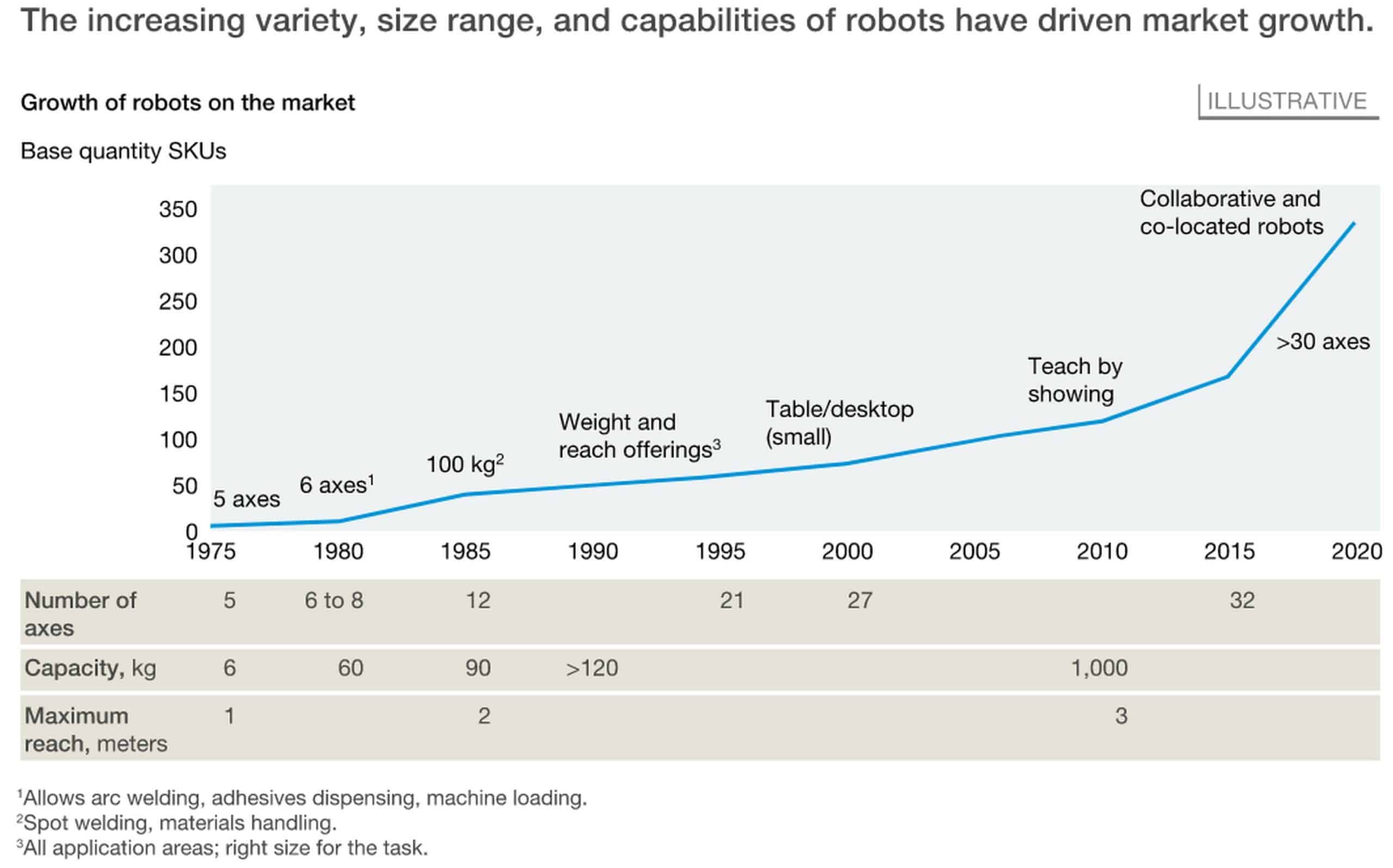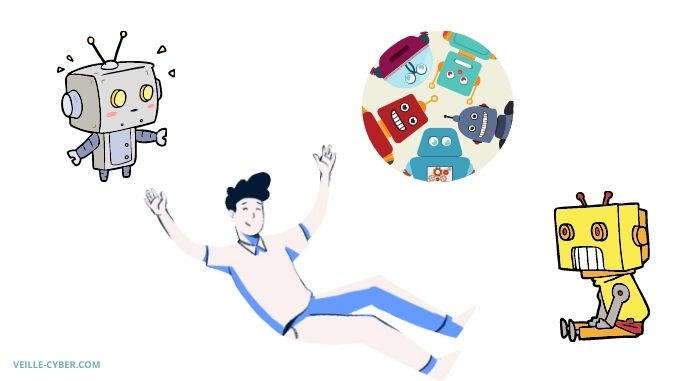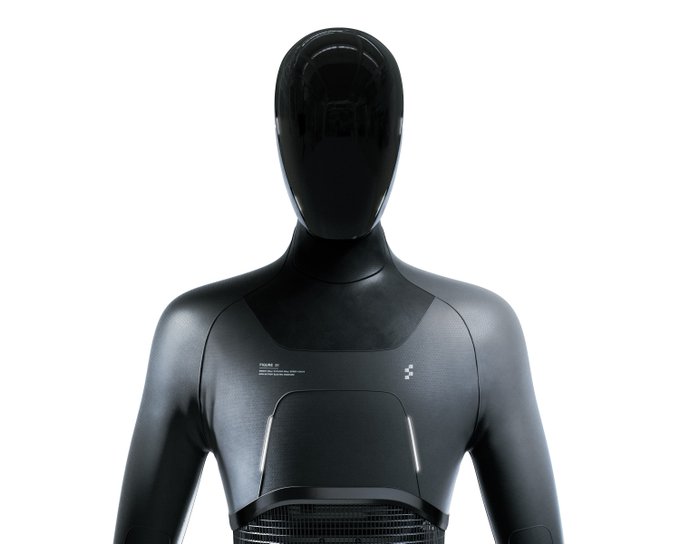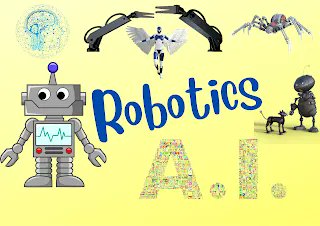Collaborative Robots: help or threat?
Necessity is the mother of invention. Innovation waits for no one.
In the movie “Sleepless in Seattle” Jay (Rob Reiner) asked: “What do they call it when everything intersects?” To which, Sam (Tom Hanks) responded without so much as a thought: “The Bermuda Triangle.”
For decades we’ve been shown the possibilities of humans working together with robots. Since the 1970s, humans have been deploying robots to help at work. In the 2017 article, Automation, Robotics and the Factory of the Future, McKinsey partner, Jonathan Tilley opined that in the next five to ten years, however, we expect a more fundamental change in the kinds of tasks for which robots become both technically and economically viable (Exhibit 2). Here are some examples.
Exhibit 2

Source: McKinsey
The next evolution of robotics – the human equation
“Fallout from the COVID-19 pandemic is increasing demand for robotics in warehouses and distribution centres,” said Dwight Klappich, vice president analyst with the Gartner Supply Chain practice.
A collaborative robot, or cobot, is a type of robot intended to physically interact with humans in a shared workspace.
Should employees fear the entry of cobots into the workforce?
Mots-clés : cybersécurité, sécurité informatique, protection des données, menaces cybernétiques, veille cyber, analyse de vulnérabilités, sécurité des réseaux, cyberattaques, conformité RGPD, NIS2, DORA, PCIDSS, DEVSECOPS, eSANTE, intelligence artificielle, IA en cybersécurité, apprentissage automatique, deep learning, algorithmes de sécurité, détection des anomalies, systèmes intelligents, automatisation de la sécurité, IA pour la prévention des cyberattaques.






